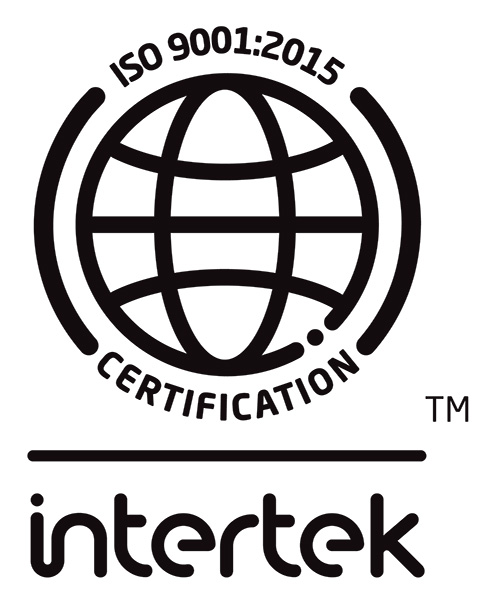AMINOGLYCOSIDE RESISTANCE MECHANISMS
Efflux pumps transport antibiotics from within the cell into the external environment rendering the antibiotic useless. The inducible RND-type pump possessed by P. aeruginosa and AcrD multidrug efflux transporter in E. coli are both capable of ejecting aminoglycosides out of the bacterial cell.1,6
Ribosomal mutations of the ribosomal proteins and 16S rRNA along with enzymatic methylation of the rRNA will interfere with the aminoglycosides ability to bind to the rRNA therefore conferring resistance. The rRNA methyltransferase enzymes (RmtA, RmtB, RmtC, RmtD, RmtE and RmtF) produce broad-spectrum resistance to the aminoglycosides and are being discovered more frequently world-wide on plasmids with broad-spectrum β-lactamases like CTX-M, NDM and KPC (Table 1).3
Table1. Aminoglycoside resistance mechanisms – Decreased uptake and modification of ribosome
| Resistance type | Resistance mechanism | Aminoglycoside inactivated | Bacteria affected |
|---|---|---|---|
| Decreased uptake | Changes in outer membrane permeability | All | Pseudomonas aeruginosa |
| Decreased uptake | Efflux systems such as: • Resistance nodulation cell division (RND) • Major facilitator superfamily (MFS) | All | wide range |
| Modification of the ribosome | Point mutations in ribosomal protein S12 and in the 16S rRNA | Streptomycin | Mycobacterium tuberculosis |
| Modification of the ribosome | 16S rRNA point mutation | Amikacin | Mycobacterium abscessus and Mycobacterium chelonae |
| Modification of the ribosome | Methylation of the 16S rRNA by the enzyme rRNA methyltransferase (Rmt) | All | Gram negative bacilli |




